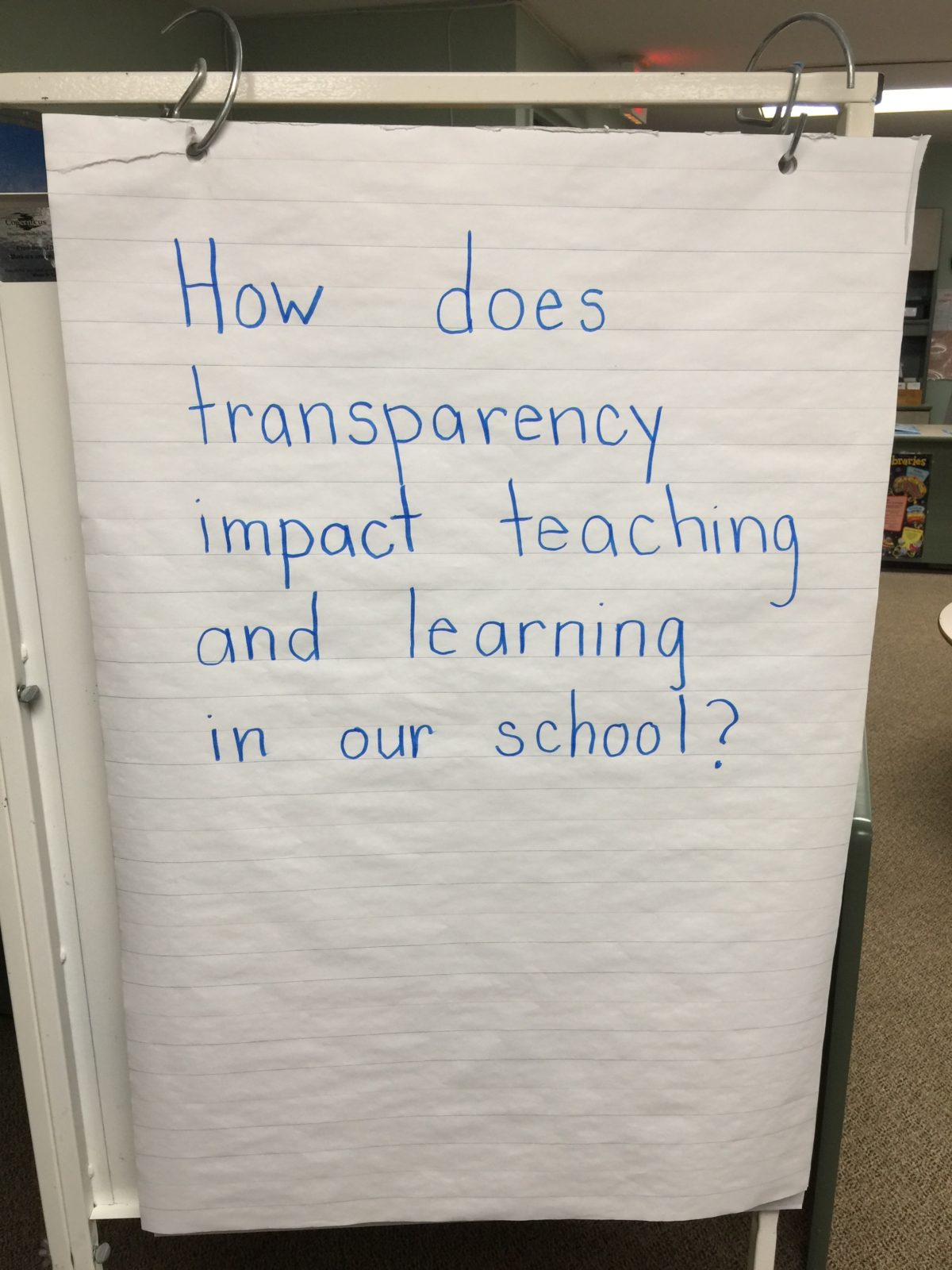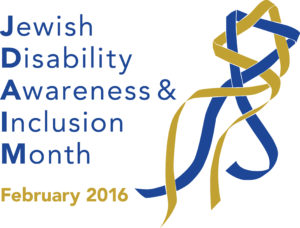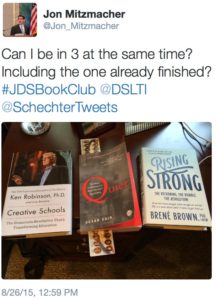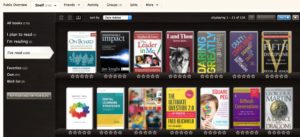I regret all the snarky things I ever said about traditional starts to the school year after Labour Day (you see how I spelled that Canada?). I am so happy we (all) have a wonderful holiday weekend to rest up for the start of an amazing school year here at OJCS.
“Why so tired, you ask?”
It is the best kind of tired. The kind of tired that comes from having had two amazing days with our talented and passionate teachers. The kind of tired that comes from having fully shown up and being surrounded by others who fully showed up as well. The kind of tired that comes from emotional investment and spiritual nourishment. The kind of tired that inspires dreams of what we will accomplish together in this year of change.
“Wow. Must have been quite the two days. What did y’all do?”
OJCS Faculty Pre-Planning
Wednesday, August 30th
8:30 AM Continental Breakfast & Welcome Activities
9:00 AM The Transparency Cafe
- Here is the protocol.
- Here is the question: “How does transparency impact teaching and learning in our school?”
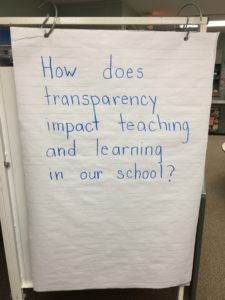
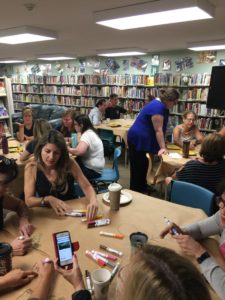
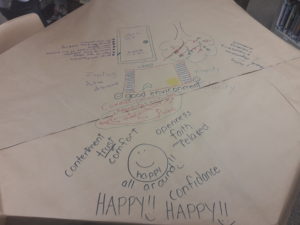
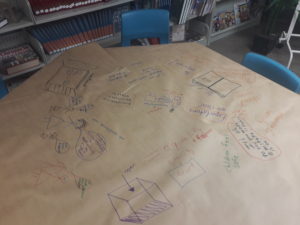
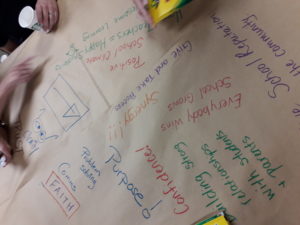
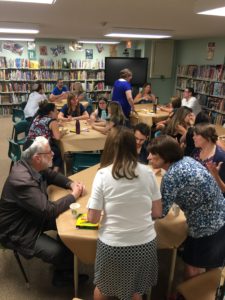
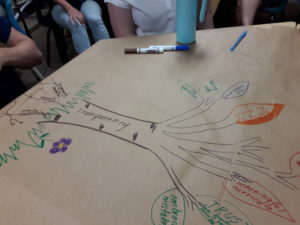
10:00 AM Break/Work in Classrooms
10:30 AM The “Non-Discussible”
This was a positive and powerful conversation that will respectfully remain private. But I encourage any school, any organization, any company to see how it might improve the health of your culture.
12:00 PM Lunch/Work in Classrooms
1:00 PM Policies & Procedures
2:00 PM Responsive Behaviour Management
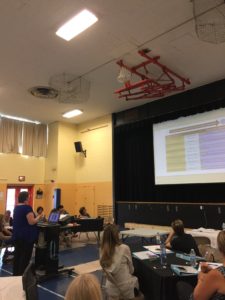
3:15 PM Break/Work in Classrooms
3:45 PM L’hitraot
Thursday, August 31st
8:30 AM Spiritual Check-In
- Introduce the concept of “spiritual chevruta”
- Provide the text and guiding questions: Lamentations 5:21: “Turn us to you, O Lord, and we shall be turned; renew our days as of old.”
- How do you handle change?
- What anchors you in times of change? How do you stay connected to a larger sense of purpose?
- How do you think about your own core values and sense of who you are through times of change?
- In what ways does change enhance who you are?
- What are differences (if any) between how you react to changes you have initiated vs. those you are experiencing?
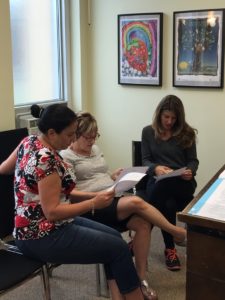

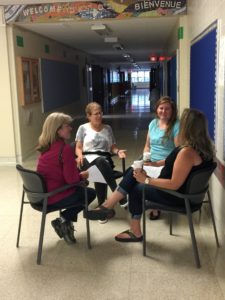 9:15 AM Google Classroom
9:15 AM Google Classroom
- The Big Idea
- We believe teachers are learners just like students and, thus, deserving of personalization. We will treat Google Classroom like a ladder…everyone needs to be on the first rung with all the training and support they need to get there. But you can climb as high as you like/can!
- K-4 Begin Work on Shared Google Classrooms (merge, create new, etc.)
- General & Jewish Studies Teachers
- French
- Art/Music/PE
- 5-8 Begin/Revise Work on Individual Google Classrooms
- Mini Google Classroom Checklist – Aim for the First Week of School
- Fixed Pages
- About Me
- HW Policy
- Behavior Management Policy
- Daily Schedule
- First Posts
- Welcome!
- Warm Fuzzy
- Fixed Pages

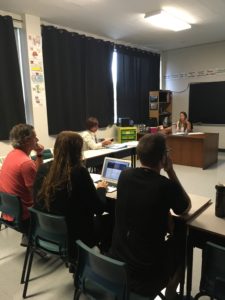
PSST! Why am I giving you so much detail about Google Classroom? Because it is where you will need to be. We’ll talk more at Back to School Night.
11:15 AM Break/Work in Classrooms
12:00 PM Lunch & Learn – Curricular Integration
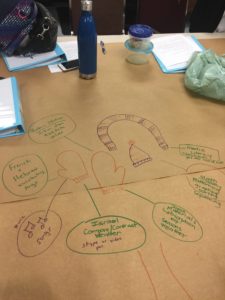
1:00 PM Team Meetings
- Grade Level IEP/ Support Plan Reviews
- General/Jewish Studies Meetings
2:30 PM Break/Work in Classrooms
3:00 PM Who owns the learning? Who owns professional growth?
5:00 PM Welcome Back BBQ
Thanks to PTA for sponsoring our largest Welcome Back BBQ in years! Thanks to Jennifer Greenberg, our Recruiter (Admissions Director for you Americans) for all the time and hard work getting it organized. Thanks to Aaron Smith, our current Board President, and Trevor Smith who served as Grill Masters. Thanks to the JCC, Federation, Maintenance, Housekeeping and everyone who pitched in to make it so special!

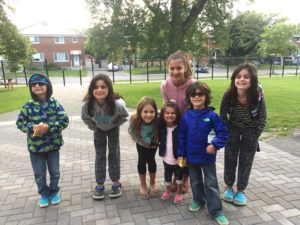
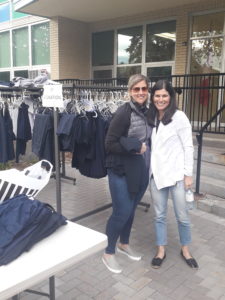
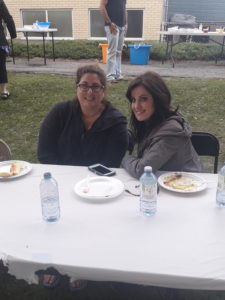
And that is why I am the best kind of tired.
As we head into a holiday weekend, let me share with you what I shared with our dedicated, loving, enthusiastic and oh-so-ready-to-go teachers:
We start to tell the next chapter of the story of OJCS on Tuesday morning. Let’s hold ourselves and our parents and our students accountable to the highest standards. Let’s show up and be present. Let’s unleash our passion and our talent. Let’s be the best version of ourselves – the school we are capable of being and the one our children deserve.
Rest up. Be ready. Be on time. Be excited. It is go time.
Best. Year. Yet.

